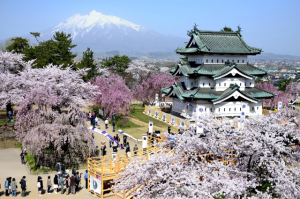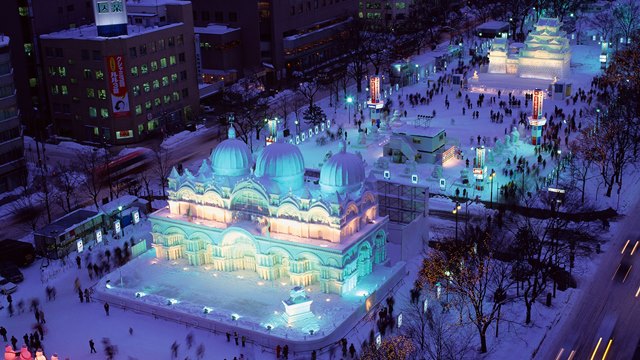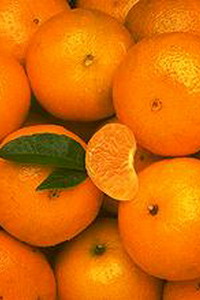HANAMI – IMPORTANT JAPANESE TRADITION
 If you have ever been to Japan in the spring, we can say with full confidence: most likely, you went to enjoy the stunning sight of blooming sakura. The sakura blossom season has been and remains one of the most attractive things about Japan. However, sakura does not bloom as long as we would like, and not everyone has the unique opportunity to admire it in full bloom. Many tourists try to make the trip to Japan as much as possible in order to capture these two to three weeks of the week, but, unfortunately, due to the unpredictability of the flowering time, not everyone can see the sakura in its full splendor.
If you have ever been to Japan in the spring, we can say with full confidence: most likely, you went to enjoy the stunning sight of blooming sakura. The sakura blossom season has been and remains one of the most attractive things about Japan. However, sakura does not bloom as long as we would like, and not everyone has the unique opportunity to admire it in full bloom. Many tourists try to make the trip to Japan as much as possible in order to capture these two to three weeks of the week, but, unfortunately, due to the unpredictability of the flowering time, not everyone can see the sakura in its full splendor.
Sakura always captivates tourists. But do not think that her magic only affects visitors. The Japanese themselves are no less obsessed with this fleeting beauty. The Japanese word hanami means the process of admiring and enjoying the blossoming sakura. Simply put, if you are having a picnic in the park under the canopy of sakura branches or just strolling between the sakura trees, then you are engaged in khans.
For many centuries, the khans remained a Japanese tradition. The first mention of it dates back to the Nara era (710–794). Surprisingly, in those days, the Japanese were far from hunting for sakura; instead, they admired the flowering of ume – that is, plums. It was like the celebration of a blossoming sakura is now celebrated: the Japanese gathered in the gardens and enjoyed the panorama of flowering trees, looking for the most beautiful places. Sakura began to gain popularity only during the Heian period (794–1185). The transience of the beauty of sakura blossoms has made it famous all over the world, therefore, both Japanese and visitors now prefer to have picnics under sakura in the company of their friends and relatives.
WHAT DO YOU NEED TO DO IN THE SEASON OF HANAMI?
In fact, even if you are just looking at the blossoming sakura, you are doing the khans. However, the custom is much more common – to gather with family and friends, settle down under sakura trees and enjoy its fragile beauty in a pleasant company.
In popular gardens and parks suitable for khans, you will find rugs everywhere that people sit on. Many take photographs, taste delicious food, arrange active games in the fresh air, and some even take a nap. A particularly important part of the celebration is alcoholic beverages.
Usually khanami is performed in the daytime, but for true connoisseurs of Japanese culture, admiring the sakura can continue after sunset. For this, the Japanese even came up with a special term for evening khans – yodzakura. To prevent the darkness from hiding the beauty of cherry trees, paper lanterns are hung in parks and gardens. Such lighting adds a mystical touch to sakura and creates a truly magical atmosphere.
MOST POPULAR PLACES FOR HANAMI
Sakura trees in Japan can be found locally, but there are several especially beautiful places known for their khans:
Goryokaku Park (Hokkaido)
This park is famous for the Battle of Hokkaido. More than 1,600 sakura trees grow here.
Hirosaki Park (Aomori)
Beautiful sakura trees, a traditional bridge and the stunning Hirosaki castle in the background together create a magnificent panorama that will be remembered for a long time.
Tidorigafuti Park (Tokyo)
Chidorigafuti Park in Tokyo is famous for its yodzakura – the so-called process of admiring sakura in the evenings. A pedestrian alley, nearly 700 meters in length, is planted with 260 cherry trees. These trees are highlighted in spring evenings, which is an amazing sight, however, for those who prefer day walks, there is something special: you can rent a boat and sail on it through the rivulet flowing through the park, admiring the beautiful view.




